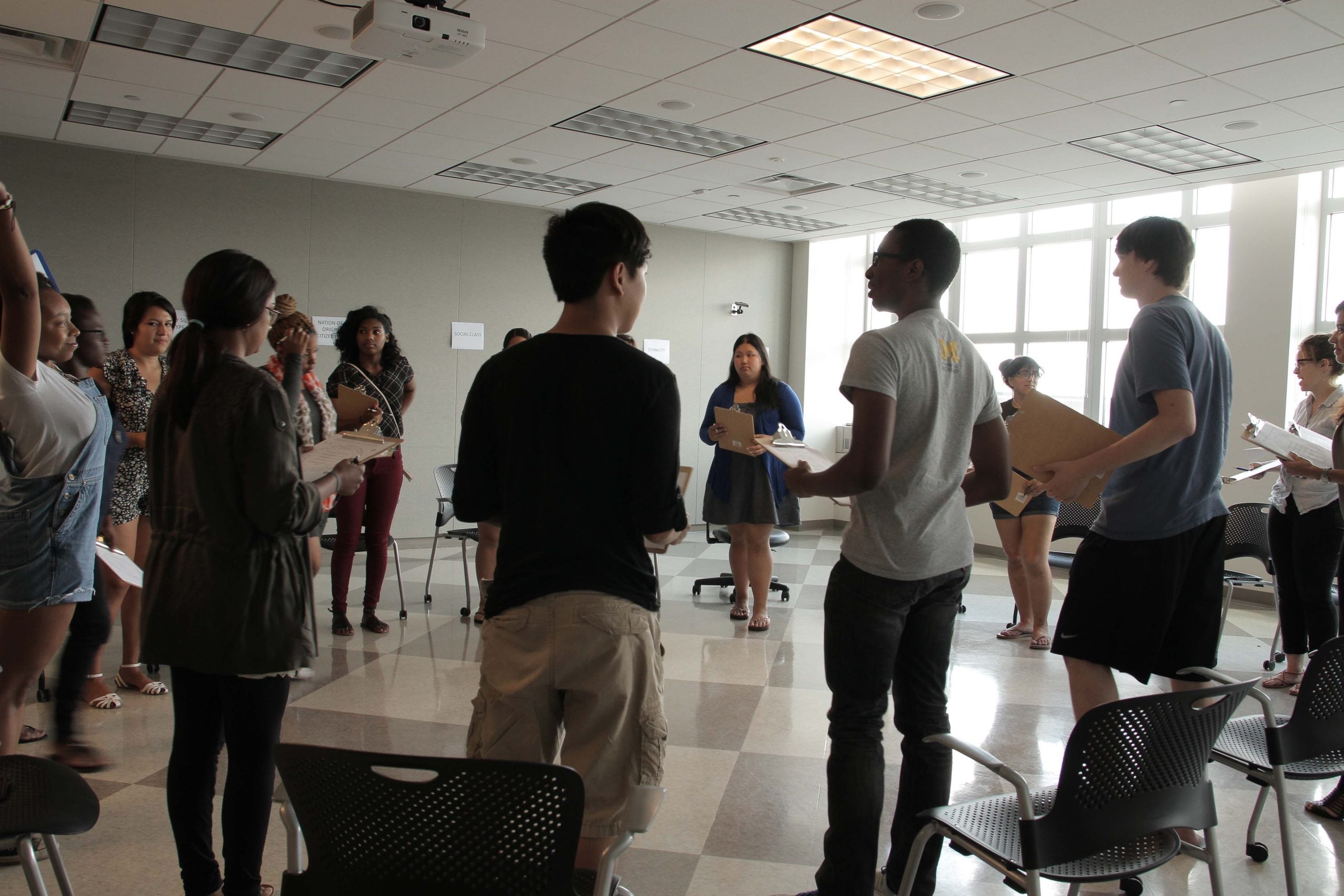
Discussion Guidelines
Overview
This resource guide offers samples of inclusive discussion guidelines. Setting up expectations for discussion with your students at the beginning of the term can be useful in creating an environment conducive to inclusivity, lively discussion, and classroom community building. Clear guidelines for discussion help establish norms in the classroom for how to handle difficult or “hot moments”, making it easier for facilitators and students to navigate socially challenging material and interpersonal conflict. Later in the term, if discussion conduct begins to deteriorate, a guidelines document can serve to remind the class or individual students of what specific guidelines are not being followed and why it is important that the class recommit to respecting the agreed upon guidelines. The instructor can cut-and-paste from some of the sample guidelines to disseminate to their students, or they can co-write the guidelines with their students as a community-building icebreaker. This resource includes guidelines appropriate to most discussion-based classes and guidelines that are specifically geared toward classes and workshops in which diversity and justice will be prominent themes of discussion.
Resource Goals:
- To help instructors and students generate inclusive discussion guidelines that will strengthen the classroom learning community and help students feel brave enough to participate.
- To provide vetted guidelines that instructors have used to great success in their classrooms.


